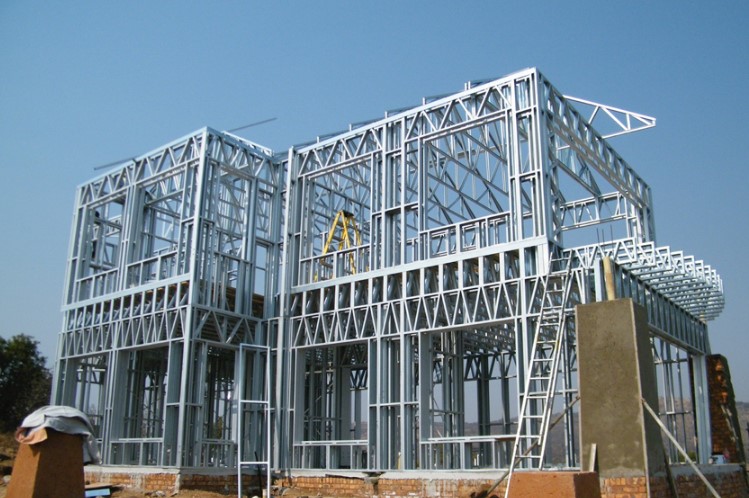
A Revolution in Construction: The Rise of Steel Framing Systems
In the dynamic realm of construction, innovation is reshaping the way we build structures, and at the forefront of this revolution is the rise of steel framing systems. Traditionally, wood has been the go-to material for framing, but steel is rapidly gaining ground, offering a myriad of benefits that are transforming the industry. This shift represents not only a leap forward in construction technology but also a sustainable and cost-effective solution that is changing the landscape of architecture.
Strength and Durability:
Steel framing systems are engineered to provide unparalleled strength and durability, surpassing traditional wood framing in multiple aspects. Steel’s inherent strength allows for longer spans and higher load-bearing capacities, enabling architects and builders to design and construct structures that were once deemed challenging or impossible with traditional materials. This superior strength translates to increased resistance against natural disasters such as earthquakes and hurricanes, making steel-framed buildings a resilient choice in diverse environmental conditions.
Precision and Consistency:
One of the key advantages of steel framing systems is the precision and consistency they offer during construction. Unlike wood, which is susceptible to warping, twisting, and shrinking, steel maintains its shape and structural integrity over time. This precision ensures that the framing components fit together seamlessly, reducing the likelihood of gaps or inconsistencies in the structure. The result is a more accurate and stable framework that contributes to the overall quality and longevity of the building.
Fire Resistance:
Steel’s inherent resistance to fire is a significant factor contributing to its popularity in construction. Unlike wood, which is combustible and poses a fire hazard, steel framing systems have a high melting point, making them less susceptible to ignition. This characteristic not only enhances the safety of the occupants but also reduces the risk of structural damage in the event of a fire. As building codes become more stringent in addressing fire safety, the use of steel framing systems becomes a natural choice for architects and builders.
Environmental Sustainability:
The construction industry is increasingly embracing sustainability, and steel framing systems align with this growing trend. Steel is a highly recyclable material, and the use of recycled steel in framing reduces the demand for new raw materials. Additionally, steel-framed structures are energy-efficient, as they allow for better insulation and reduce thermal bridging. The longevity of steel-framed buildings further contributes to sustainability by minimising the need for frequent replacements or repairs, ultimately reducing the environmental impact of construction.
Speed of Construction:
Steel framing systems significantly expedite the construction process, making them an attractive choice for projects with tight timelines. The precise manufacturing of steel components allows for faster assembly on-site, reducing labor costs and overall construction time. This efficiency can be especially advantageous in commercial and residential developments where timely project completion is crucial. The ability to accelerate construction without compromising structural integrity is a key factor driving the widespread adoption of steel framing systems.
Design Flexibility:
The versatility of steel framing systems opens up new possibilities in architectural design. Steel’s strength-to-weight ratio allows for larger open spaces and creative designs that may not be feasible with traditional framing materials. Architects can explore innovative and aesthetically pleasing structures, pushing the boundaries of design while maintaining structural integrity. The adaptability of steel framing systems to various architectural styles and requirements positions them as a go-to solution for those seeking both form and function in construction.
Cost-Effectiveness in the Long Run:
While the initial costs of steel framing systems may be higher than traditional materials, the long-term cost-effectiveness is a compelling factor. Steel’s durability and resistance to factors such as pests, rot, and decay mean lower maintenance costs over the life of the building. Additionally, the speed of construction and the resulting reduction in labor costs contribute to the overall economic viability of steel-framed structures.
In conclusion, the rise of steel framing systems represents a revolutionary shift in the construction industry. The combination of strength, durability, precision, and sustainability positions steel as a material of choice for modern builders and architects. As the industry continues to prioritise efficiency, safety, and environmental responsibility, steel framing systems are poised to play a central role in shaping the buildings of the future. This evolution signifies not only a technological advancement but a transformative force that is redefining the way we build and experience the spaces around us.
